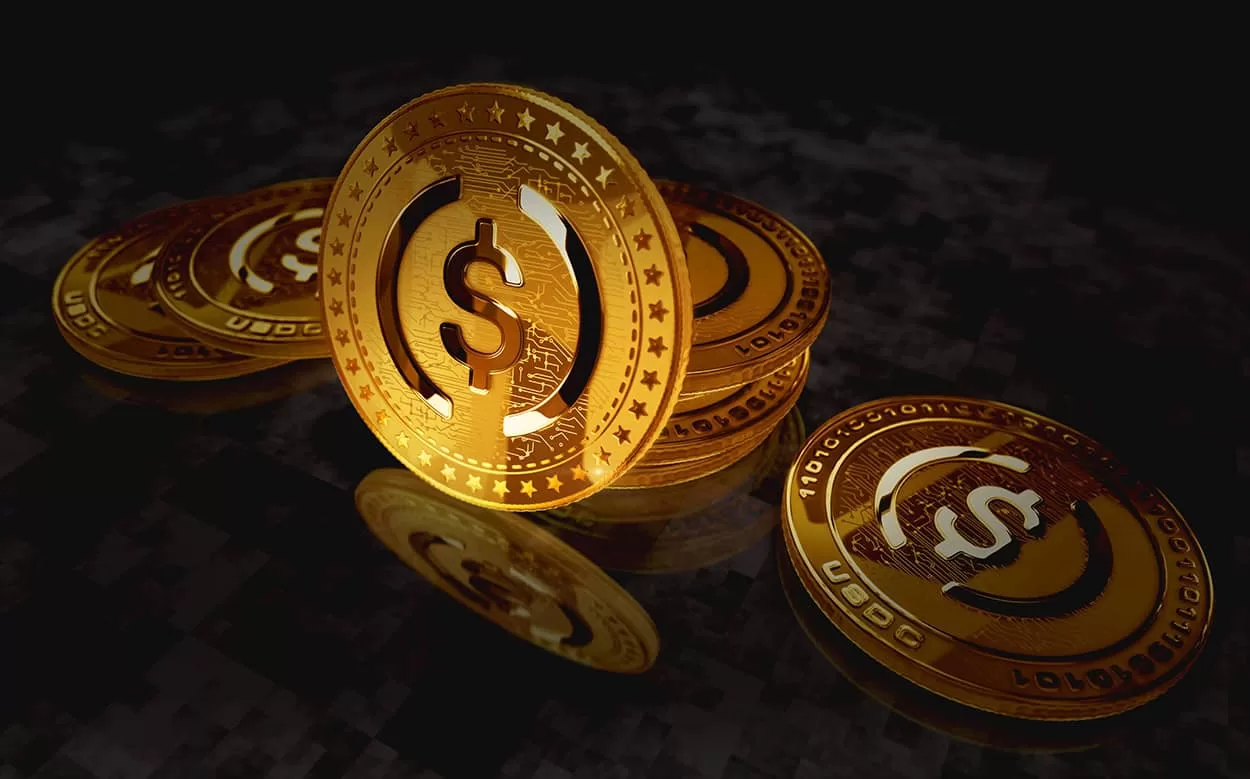The race for Latin America’s massive stablecoin market has become more competitive. Following the successful launch of Circle’s proprietary USDC via behemoth banks BTG Pactual and Nubank in March, the unicorn Latin American startup Mercado Libre has rolled out its commission-free dollar-backed stablecoin, the Meli Dolar.
Pegged 1-to-1 to the US dollar, the Meli Dolar aims to leverage the electronic marketplace’s significant presence in Brazil to establish a dominant position in the country. Propelled by Meli’s already massive clientele base, the next step is to expand the offering to the remaining countries in the region.
“The Meli Dolar is an open solution from Mercado Pago, which has a unique capacity to scale financial products and services for everyone,” explains André Chaves, senior vice president at Mercado Pago, the Mercado Libre subsidiary responsible for the operation.
Foreign currency-backed stablecoins are widely seen as the next big thing in Latin America. Stablecoins let customers seamlessly protect themselves against the massive fluctuations of the region’s fiat currencies and escape the typically high fees of opening an international currency account.
Although Brazil has so far served as the focus of the region’s stablecoin operations due to its softer regulatory environment and massive digital banking clientele, other markets have also experienced enormous development.
Such is the case of Argentina, home to the first all-local dollar-pegged stablecoin, the Criptodólar, which Ripio launched at the beginning of August. The offering addresses one of Argentina’s most challenging problems—the black market for currency exchange, which subjects Argentinians to different exchange rates.
Mexico, although under a more challenging regulatory environment, is widely seen as the market’s next frontier due to its massive US-dollar remittances. Recently, Brale launched the MXNe, the first Mexican peso-backed stablecoin, which operates on the Solana and Stellar crypto platforms. However, as Latin America’s stablecoin market gains traction partly due to legislative gaps, experts expect regulatory scrutiny to increase. As Erick Rincón Cárdenas, director of TicTank at Universidad del Rosario, notes, “Central banks might see this as a potential replacement for activities within the regulated financial system and could move to restrict certain operations, like currency exchanges.”
